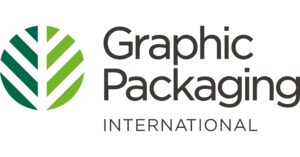- Expected Earnings Release: October 17, 2025, with anticipated earnings per share of $0.60 and revenue of approximately $1.93 billion.
- Net Interest Income Growth: A 6% compounded annual growth rate (CAGR) over the past five years, with a 3-5% increase expected in 2025.
- Financial Metrics: A price-to-earnings (P/E) ratio of 10.74 and a price-to-sales ratio of 2.32, indicating favorable market valuation.
Regions Financial Corporation, trading as NYSE:RF, is set to release its quarterly earnings on October 17, 2025. Wall Street anticipates earnings per share of $0.60 and revenue of approximately $1.93 billion. The company, a prominent player in the financial sector, is known for its strong performance in net interest income and interest-earning assets.
RF is expected to benefit from increased loan demand and stable funding costs, which should enhance its net interest income (NII). The company has shown a 6% compounded annual growth rate (CAGR) in NII over the past five years, and it anticipates a 3-5% increase in 2025. This growth is supported by stable loan balances and lower deposit costs.
Despite the positive outlook for NII, non-interest income might see a slight decline due to weaker mortgage fees. However, stronger performance in capital markets could offset this decline. Historically, RF has demonstrated a 12.9% CAGR in non-interest income over five years, with expectations for a 2.5-3.5% increase in 2025.
In the second quarter of 2025, RF exceeded the Zacks Consensus Estimate, driven by a rise in both non-interest income and NII. However, the company faced challenges with a lower loan balance and higher non-interest expenses. RF has a strong track record of surpassing earnings estimates, having done so in each of the last four quarters.
RF’s financial metrics indicate a solid market position. With a price-to-earnings (P/E) ratio of 10.74 and a price-to-sales ratio of 2.32, the market values its earnings and sales favorably. The debt-to-equity ratio of 0.28 shows a manageable level of leverage, while the current ratio of 0.27 reflects its ability to cover short-term liabilities.




